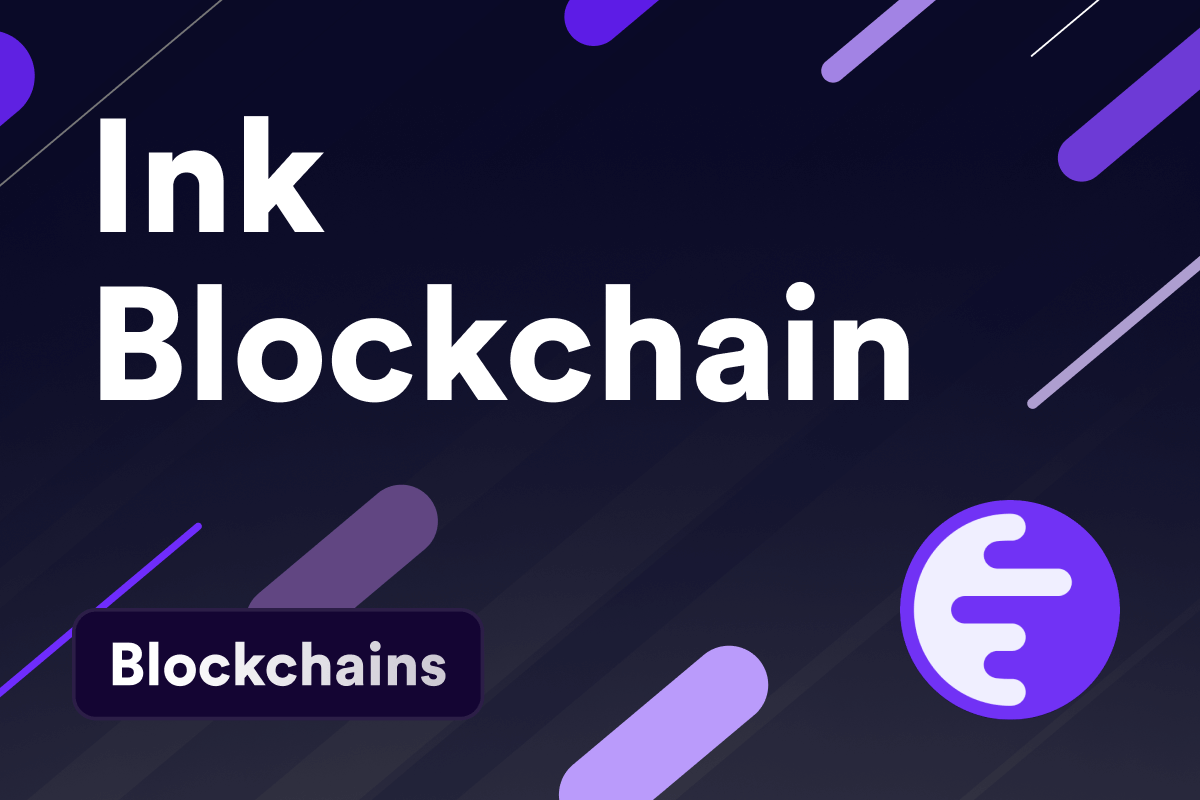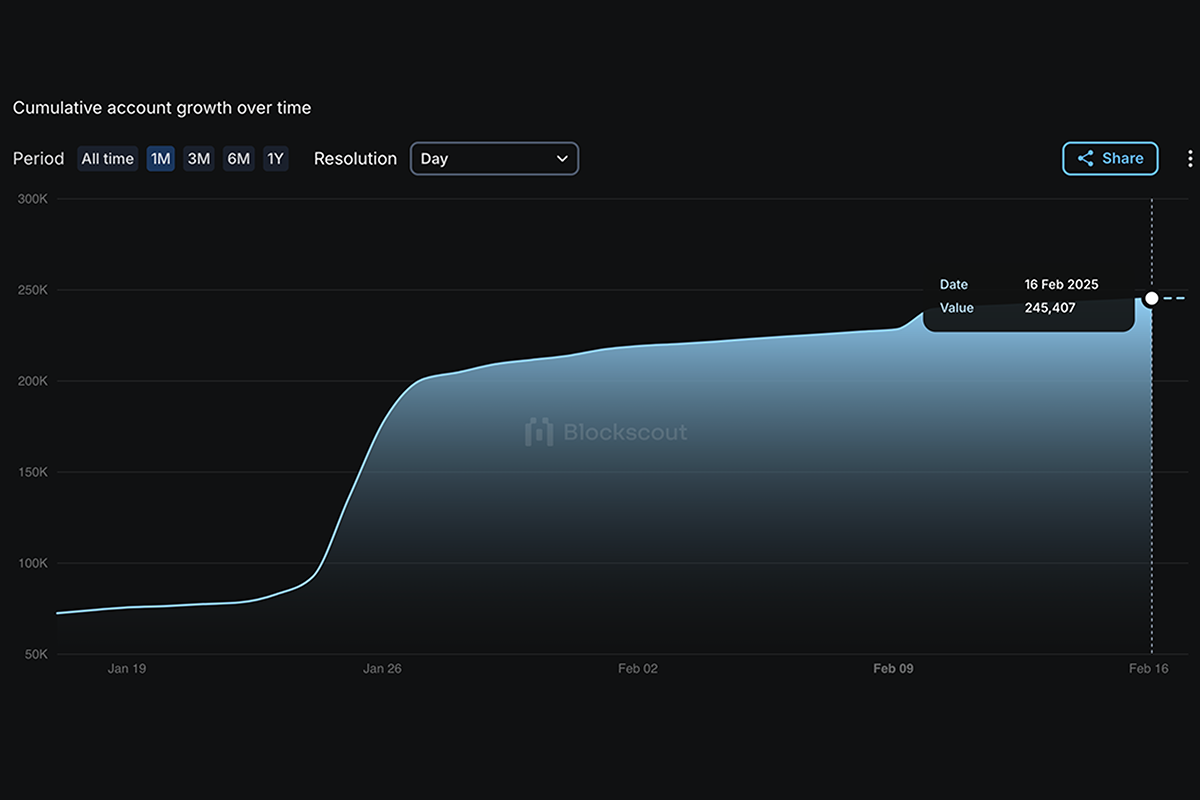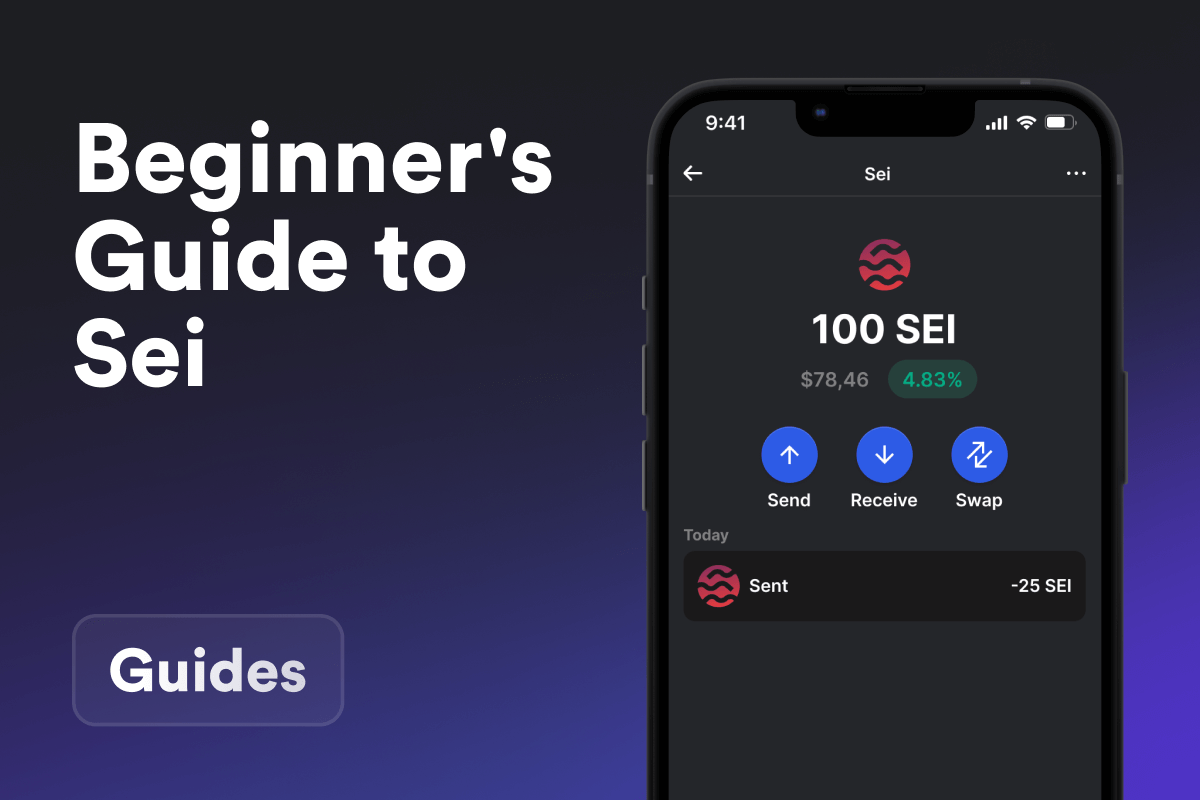
What Is Ink?
Ink is a Layer 2 (L2) blockchain built on OP Stack and developed by Kraken. It is designed to enhance decentralized finance (DeFi) on the Ethereum network by providing faster and cheaper transactions, as well as seamless access to DeFi applications.
What Is Kraken?
Kraken is one of the largest and oldest cryptocurrency exchanges, offering a secure platform for buying, selling, and trading digital assets. In December 2024, the company launched its own blockchain, Ink, marking a significant step in the evolution of decentralized finance. This launch provided users with expanded tools and services for interacting with cryptocurrencies and DeFi.
How Does Ink Work?
Ink uses rollup technology to scale the blockchain and make transactions faster and cheaper. Traditional blockchains, like Ethereum, often face network congestion and high fees. Rollups solve this problem by processing transactions off the main blockchain, bundling them into a single batch, and then sending them back to the Ethereum network in a compressed form. This reduces the load on the network and lowers costs for users.
Ink is built on OP Stack, a technological solution from Optimism designed specifically for creating efficient Layer 2 (L2) blockchains. Thanks to this architecture, Ink offers stable performance, low fees, and fast transaction processing.
Differences Between Ink and Other Blockchains
Ink stands out among other Layer 2 (L2) solutions due to its approach to DeFi, security, and scalability. Here are its main differences:
-
Focus on DeFi: Ink is specifically designed for advanced DeFi applications. It’s not just another L2 network but a complete ecosystem where users gain access to innovative tools and can efficiently manage their assets.
-
High-Level Security: Unlike many other L2 solutions, Ink places a strong emphasis on security. Its protection mechanisms help reduce risks, which is especially important in the DeFi space.
-
Reduced Load on Ethereum: Ink processes a portion of transactions off-chain, reducing the load on Ethereum. This increases transaction speed and lowers fees, making DeFi operations more efficient.
-
Combination of Centralized and Decentralized Solutions: Ink aims to merge the benefits of centralized exchanges and decentralized platforms. This approach helps users move seamlessly between these two worlds.
Key Features of Ink Blockchain
Ink integrates advanced technologies with user-friendly features, delivering high speed, robust protection, and efficient scaling. Its key features include:
Integration With Kraken: Ink is embedded within the Kraken ecosystem, enabling users to effortlessly convert fiat money and use advanced DeFi tools in one place.
Compatibility With Optimism Superchain: Ink is part of the Optimism Superchain, ensuring seamless interaction with other networks within the ecosystem. This allows users to easily move assets between chains, expanding DeFi capabilities.
Instant Transactions: Blocks are currently created in just 1 second, with the speed expected to increase even further over time.
Open-Source and Scalability: Ink is developed as an open-source project, ensuring flexibility, reliability, and efficient network scaling.
EVM (Ethereum Virtual Machine) Support: Any smart contracts compatible with Ethereum and other L2 solutions can be deployed on Ink without modifications.
 Number of Accounts on Ink. Source: explorer.inkonchain.com
Number of Accounts on Ink. Source: explorer.inkonchain.com
Native Token of Ink Blockchain
Ink does not have its own native token and, according to the developers, there are currently no plans to issue one. Instead, Ether (ETH) is used for transaction fees and smart contract operations. To start using Ink, users need to transfer ETH from the ETH Mainnet via a bridge (a tool for moving assets between blockchains). This allows for quick integration into the ecosystem, with ETH serving as the primary means of payment.


